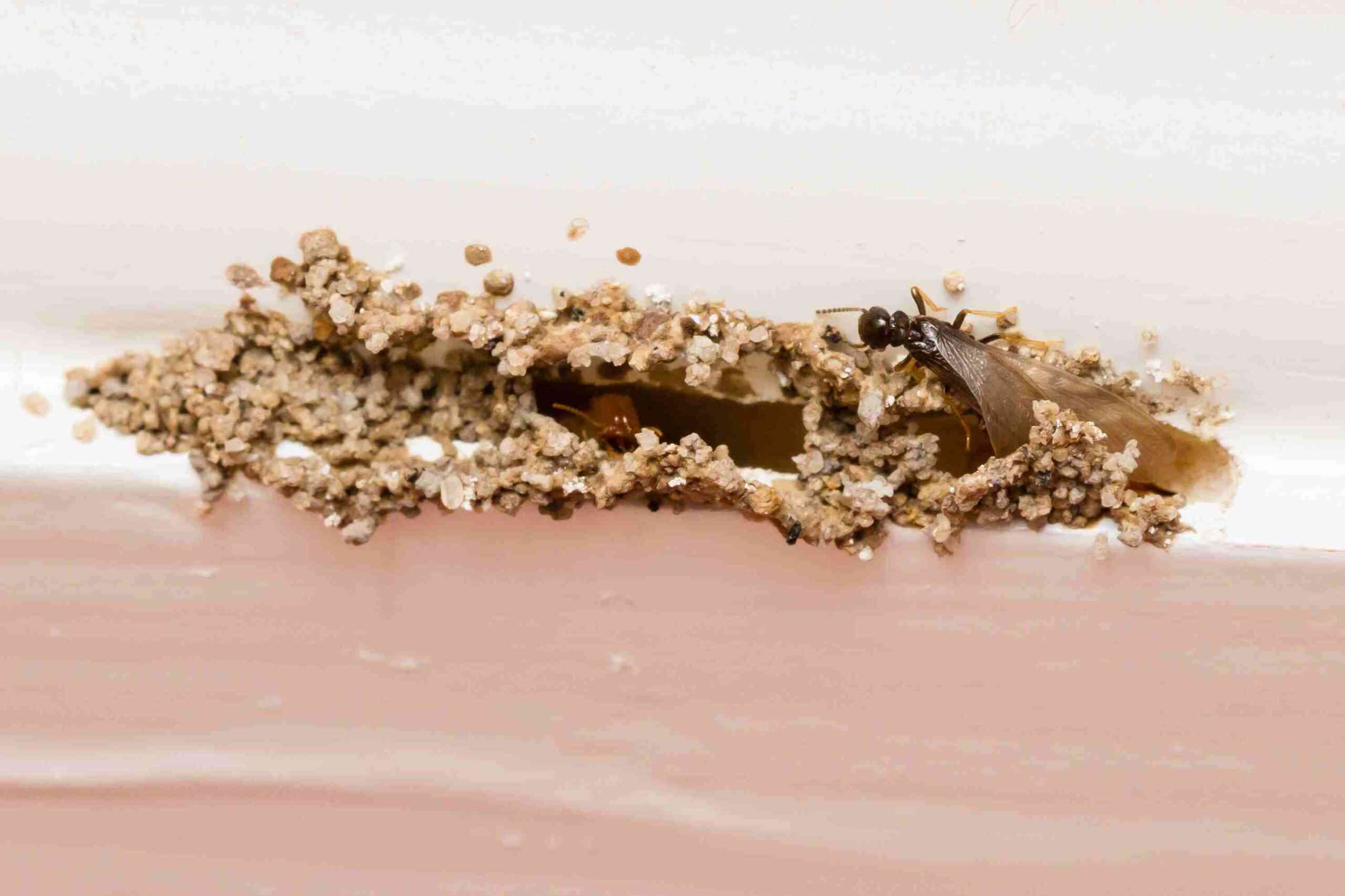Can Termites Come Back After Treatment?
Do Termites Come Back After Treatment?
If you have ever dealt with termites, you know they are every homeowner’s nightmare. Not only do these tenacious little insects cause billions of dollars of damage each year, but they often do this by evading notice. Of course, if you have dealt with this before, that means you resolved the issue and got rid of the termites, right? So, are you imagining the noises in your walls? Could that mud tube you saw be caused by something else. No, you are not paranoid. Even if you’ve treated your house for termites in the past, there is a possibility that they will return, and you will have to address the problem again.

How Likely Are Termites to Return After Treatment?
By some estimates, about 37 percent of homes that have been treated for termites end up having a reinfestation. How can this happen? There are several different possibilities.
- The termites were misidentified. There are three primary types of termites, subterranean, drywood, and dampwood. Each of these species, along with their various subspecies, have different behavior, and require different types of treatment. If your home is treated for one type of termite but is actually infested with a different species, the treatment may not work.
- You tried a DIY treatment. This cannot be emphasized enough: homeowners do not have access to the training, and treatments that termite control professionals use. What is available to homeowners does not work as well and does not last as long as professional termite control. While DIY treatments may appear to get rid of the termites, they rarely go far enough to eliminate the whole colony. As a result, you are likely to have a reinfestation that is actually still the first infestation, because the termites were never entirely gone.
- You haven’t safeguarded your home from termites yet. There are steps you can take to make the house a less desirable place for termites to live. Cut off their sources of food and water and remove their access to your home, and you will make a reinfestation less probable.
Signs Termites May Be Returning
The signs of a termite reinfestation are the same signs you’d look for to detect an initial infestation. These include:
- Mud tubes on exterior walls
- Hollow sounding wood
- Termite droppings, which resemble sawdust
- Tiny holes in the walls
- Termite wings scattered in window sills and near doorways
How to Prevent Termites from Coming Back
The first step in keeping your home termite-free is to make the house an unwelcoming place for termites. Remove sources of food and water, by keeping your house clean, getting rid of extra cellulose materials like paper and cardboard, and fixing leaks as quickly as possible. Minimize wood to soil contact, store lumber and firewood away from the house, and seal any possible entry points, as well, to make it harder for termites to get into the house. Beyond that, it is vital that you work with a reputable termite control company to create strategies for getting rid of termites and keeping them away from your home.
What to Do it You Suspect Reinfestation
If you suspect reinfestation, contact your termite control company and schedule an inspection as soon as possible. A termite inspector can determine if there is a reinfestation, the extent of the infestation, and how it should be treated.
FAQ
- My house has been treated for termites, but now my neighbor’s house is infested. Should I have mine treated again?
- Your neighbor’s infestation does not automatically predict that your house is next. Termites navigate the soil, eating what they find, rather than going house to house. However, if there are termites in your neighborhood, it’s a good idea to have an inspection done, so that you can have peace of mind knowing that your house isn’t being affected.
- I watched the inspector last time, so can I do my termite inspection on my own this time?
- You might think you understand inspections since you’ve seen one done, but it’s not that simple. Termite inspectors are trained professionals, licensed and certified, and they have had on-the-job training as well. Their education and experience gives them the ability to effectively inspect houses and find termites, even if they’re well hidden.
- Q: I saw termites in a fallen tree on my property. Should I have my house treated?
- Termites on the property don’t necessarily necessitate treating the house. It is a good idea, however, to make sure there’s no wood next to your house, including firewood and untreated lumber. Have the house inspected, but you can let the termites feast on the dead tree. After all, that’s their job in nature, and it may keep them from heading to the house.
Will Termites Come Back After Treatment? It’s Unlikely if You’ve Partnered with MightyMite Termite
To prevent termite damage in the Bay Area, call the termite control professionals at MightyMite Termite Services for a free inspection. At MightyMite, we’ve earned a reputation as experts in California termite control, by providing inspections and using termite treatments that are naturally derived, environmentally low-impact solutions. We diagnose and treat infestations with the most effective methods and unmatched warranties, solving your termite problems the first time, with an industry best “no call-back rate.” That, combined with our experience, technology, and highly trained professional staff, makes us the leading extermination company in the Bay Area. We understand that your home is your most important investment, so we work hard to provide excellent service, utilizing best practices to solve our customers’ termite problems. To schedule an inspection or learn more about our services, contact us through our website.







